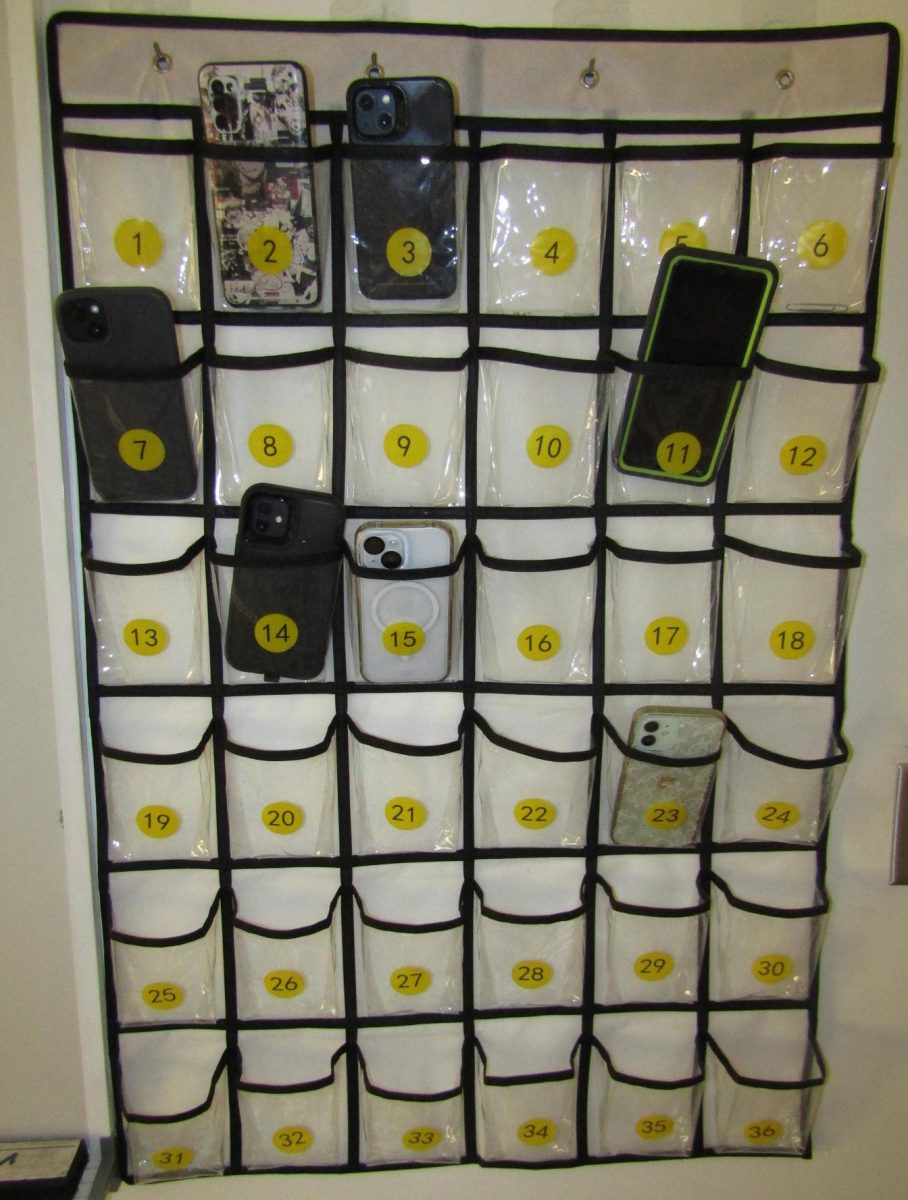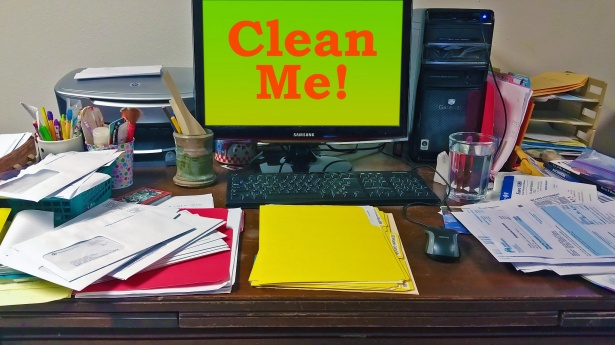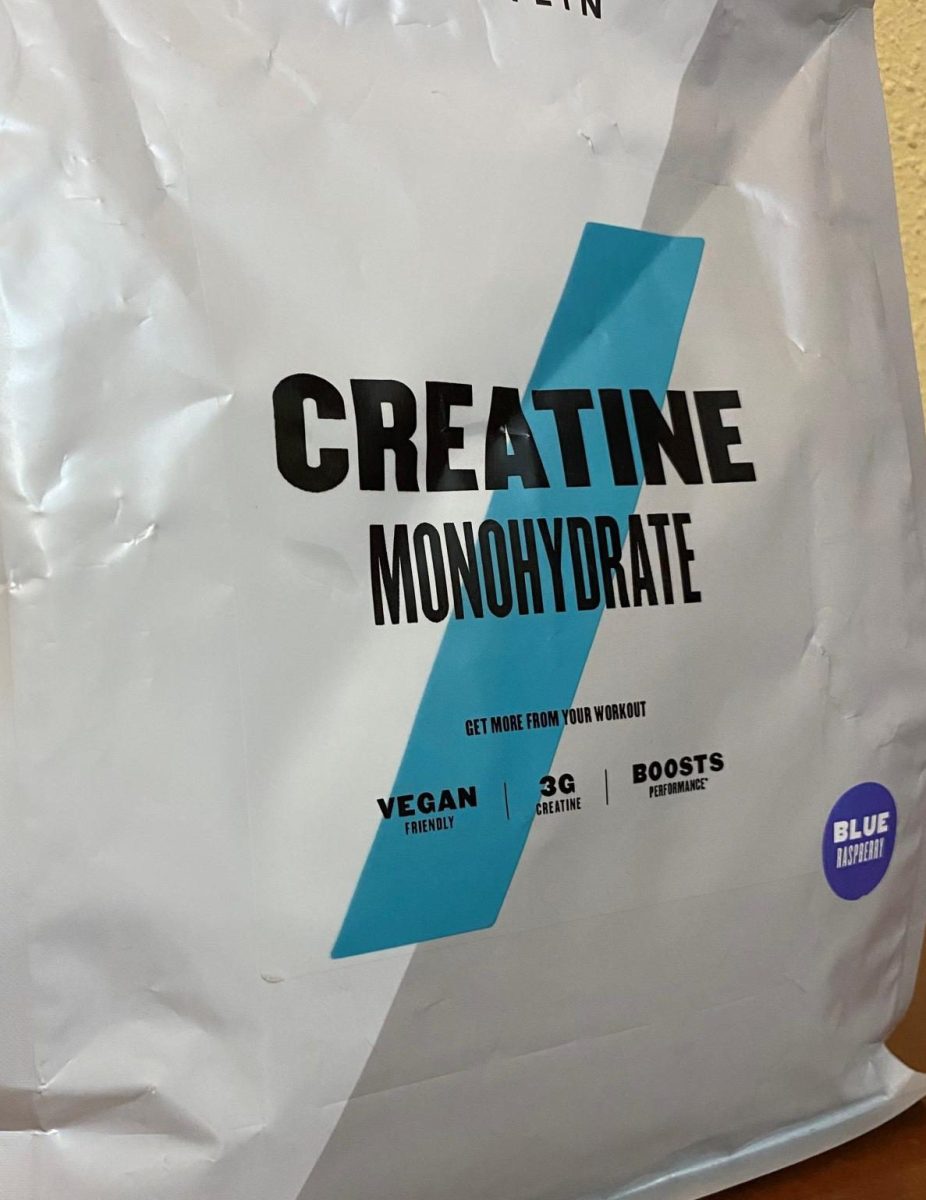Last year, 36,367 people died due to gun related conflicts. In fact, on average 312 people in America are shot each day in murders, assaults, suicides and suicide attempts, unintentional shootings, and police interventions.
Our country is facing a problem with guns and there is an ongoing debate surrounding gun control and firearm safety. One proposal, which I heavily support, has gained traction in recent years: the implementation of finger-print technology on guns.
This technology, similar to that found on your everyday phones, requires the user’s unique fingerprint to unlock the firearm before it can be fired.

While some argue that such measures could significantly enhance safety and reduce gun-related incidents, opponents raise concerns about practicality, reliability, and potential infringements on Second Amendment rights.
America is not close to eliminating guns entirely, but that does not mean that common-sense steps cannot be taken to make them safer.
Benefits of Finger-Print Technology on Guns:
Enhanced Safety:
Perhaps the most significant advantage of finger-print technology on guns is the potential to prevent unauthorized access.
By linking the firearm to the owner’s fingerprint, it becomes more challenging for children or unauthorized users to operate the weapon. This could reduce tragic accidents involving children accessing firearms left unsecured by adults.
Nearly 1,300 children younger than 18 years of age die from shootings every year and while many parents think their children are not capable of firing a gun, but children as young as 3 years old are capable of being strong enough to pull the trigger of a handgun.
Prevention of Gun Theft:
By implementing finger-print technology, stolen firearms would be rendered useless to anyone other than the authorized owner.
According to Maddie Cambell with TruckVault, “ Every day in the U.S., roughly 1 gun is stolen every 90 seconds. That amounts to around 380,000 stolen guns every year, many of which are later used to commit violent crimes.”
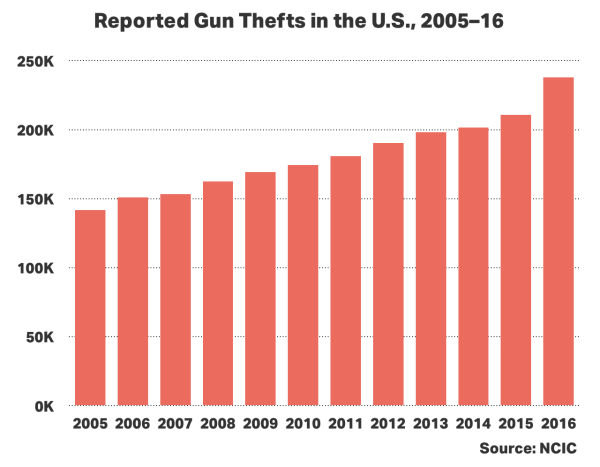
It makes sense that criminals are more likely to use stolen guns as it will not be under their name in any record book. In fact, 23,000 stolen firearms recovered by police between 2010 and 2016 were connected with over 1,500 crimes.
Reduced Gun Violence:
When firearms are used in crimes, the ability to trace the weapon back to the owner using the finger-print technology could be very helpful to law enforcement. They can do a better job of apprehending criminals and holding gun owners accountable for their firearms.
According to Team Enough, “115,551 people in America are shot in murders, assaults, suicides & suicide attempts, unintentional shootings, or by police intervention.”
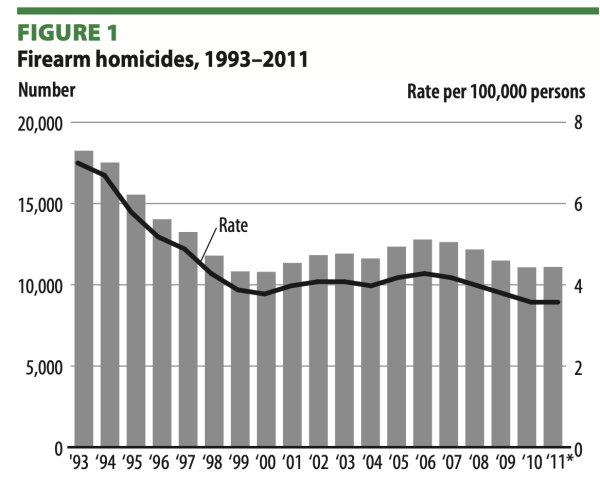
It is clear that if we do not act now then the situation will only worsen. America has the possibility to save lives and slow the rate of deaths by guns.
The Opposition:
There are concerns, especially within the NRA (National Rifle Association), about the finger-print technology. Many say that it is unreliable and expensive, but these problems can be solved with the help of the government. The more we spend on developing this technology, the safer America will be.
Some individuals express concerns about an infringement on Second Amendment rights. The NRA has stood strong against any and all passing of gun laws for a lengthy amount of time and they are not stopping anytime soon.
Finger-print technology does not go against the Second Amendment which states that “A well regulated Militia, being necessary to the security of a free State, the right of the people to keep and bear Arms, shall not be infringed.” This ID technology does not rid anyone of their guns, it only ensures that the registered owner of the gun is the only one to use it.
I hear so many horrific stories that almost always include the use of a gun. I firmly believe that by implementing finger-print technology on all guns will significantly lower gun violence in America.
Mandating finger-print technology on guns would face strong resistance from pro-gun advocates and lobbying groups. Yes, there will be many regulatory hurdles and resistance, but this is a fight worth fighting.
In the end, I cannot help but think about all the lives that we could have saved by implementing this technology. I cannot help but think about how many more human lives will be wasted in the future if America will not step up to the challenge.




